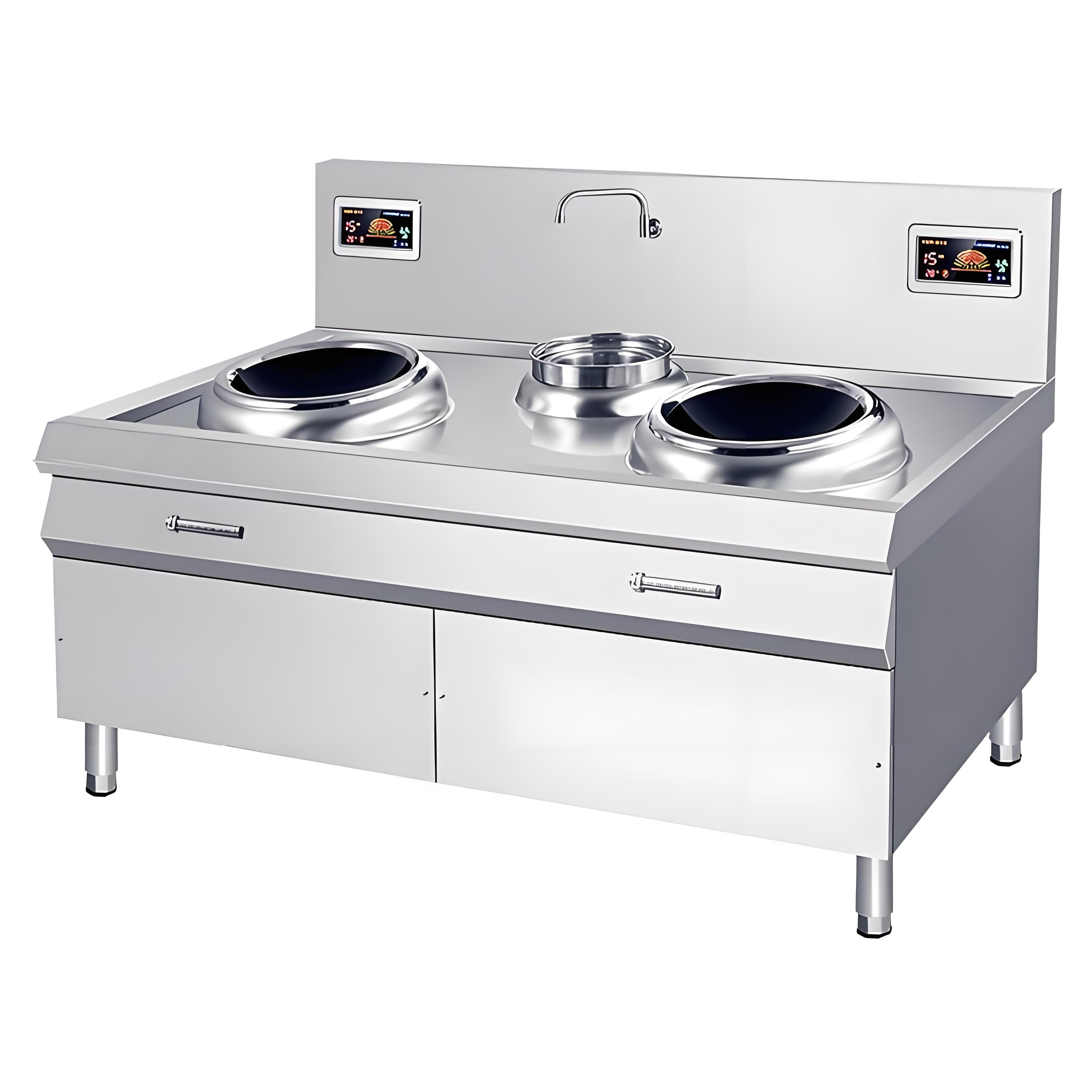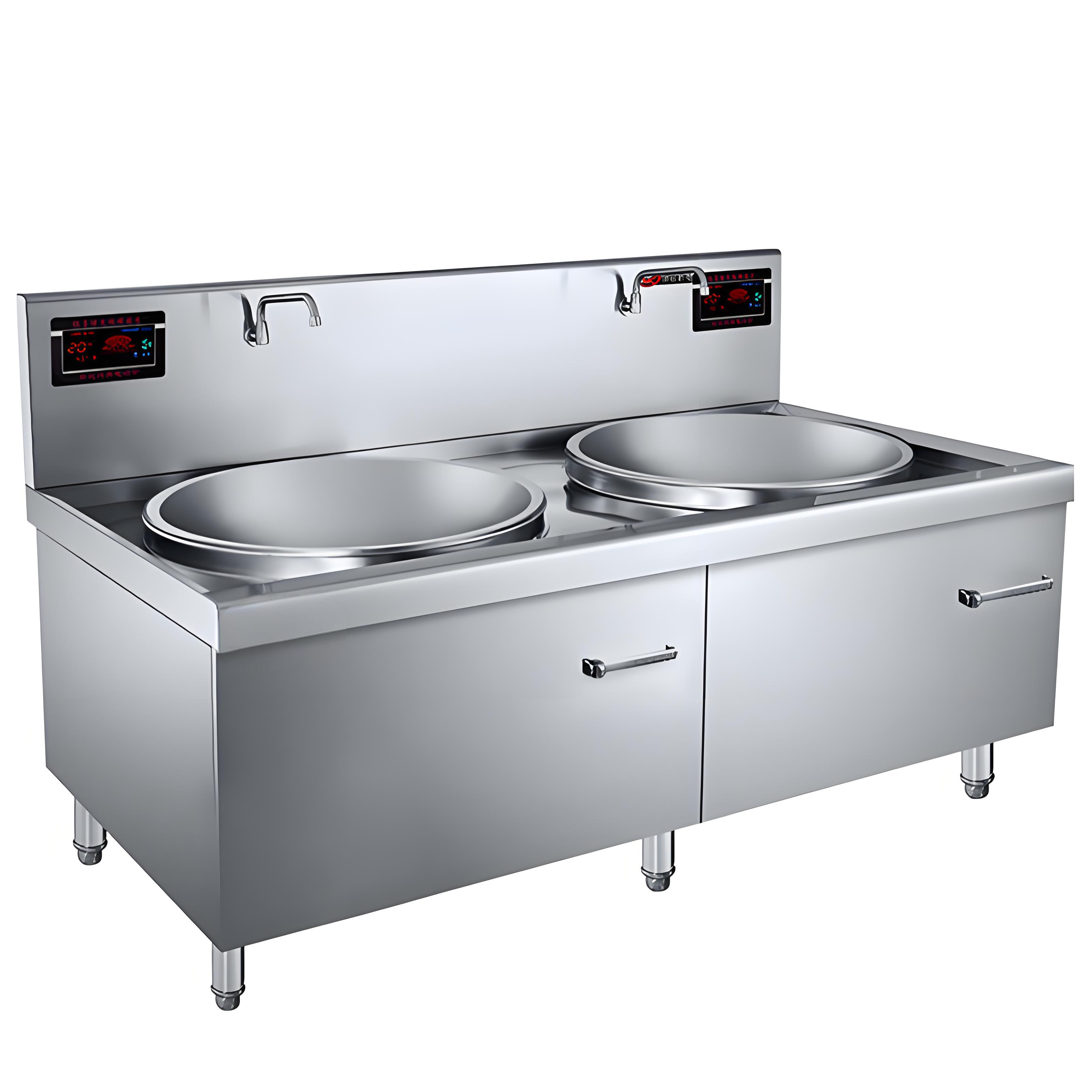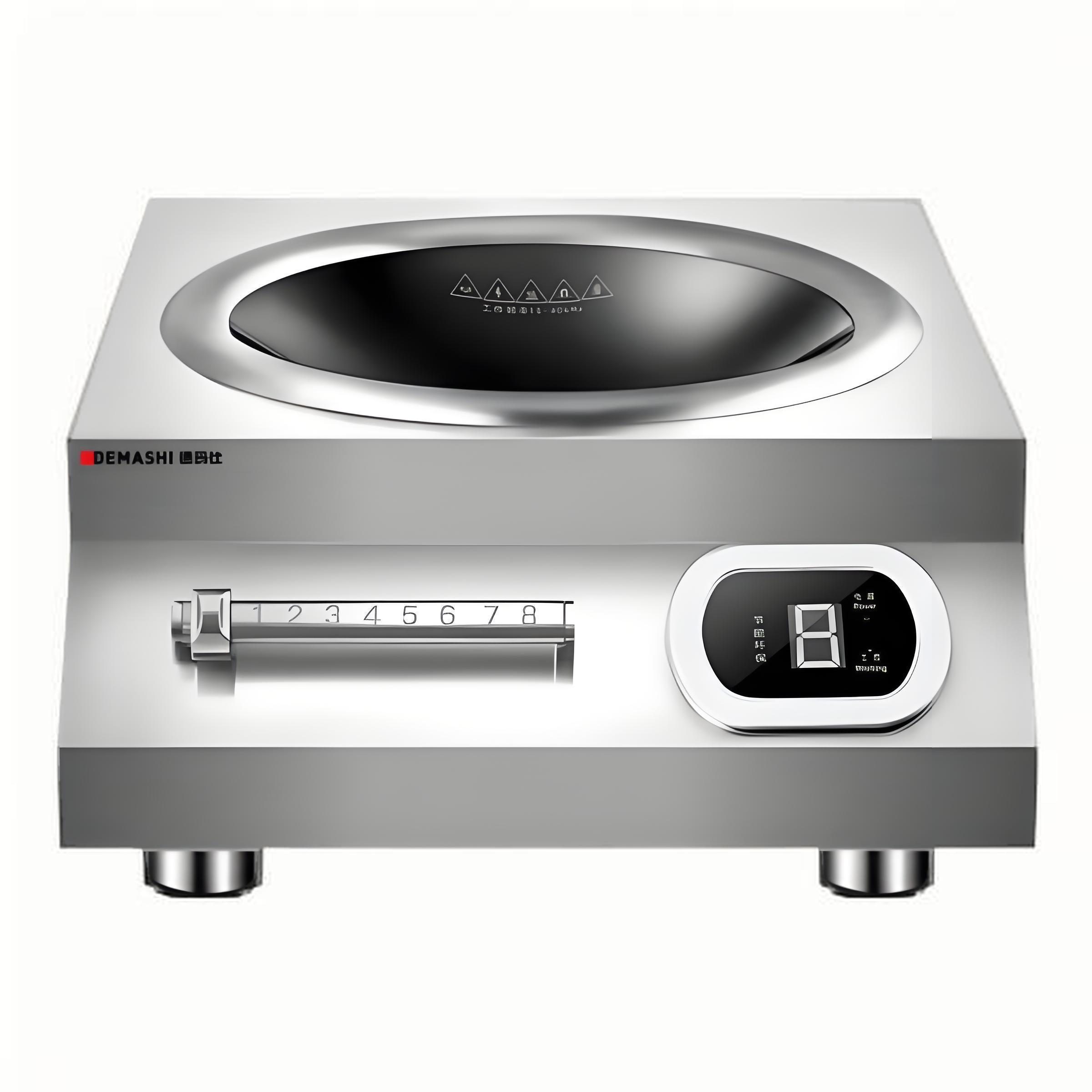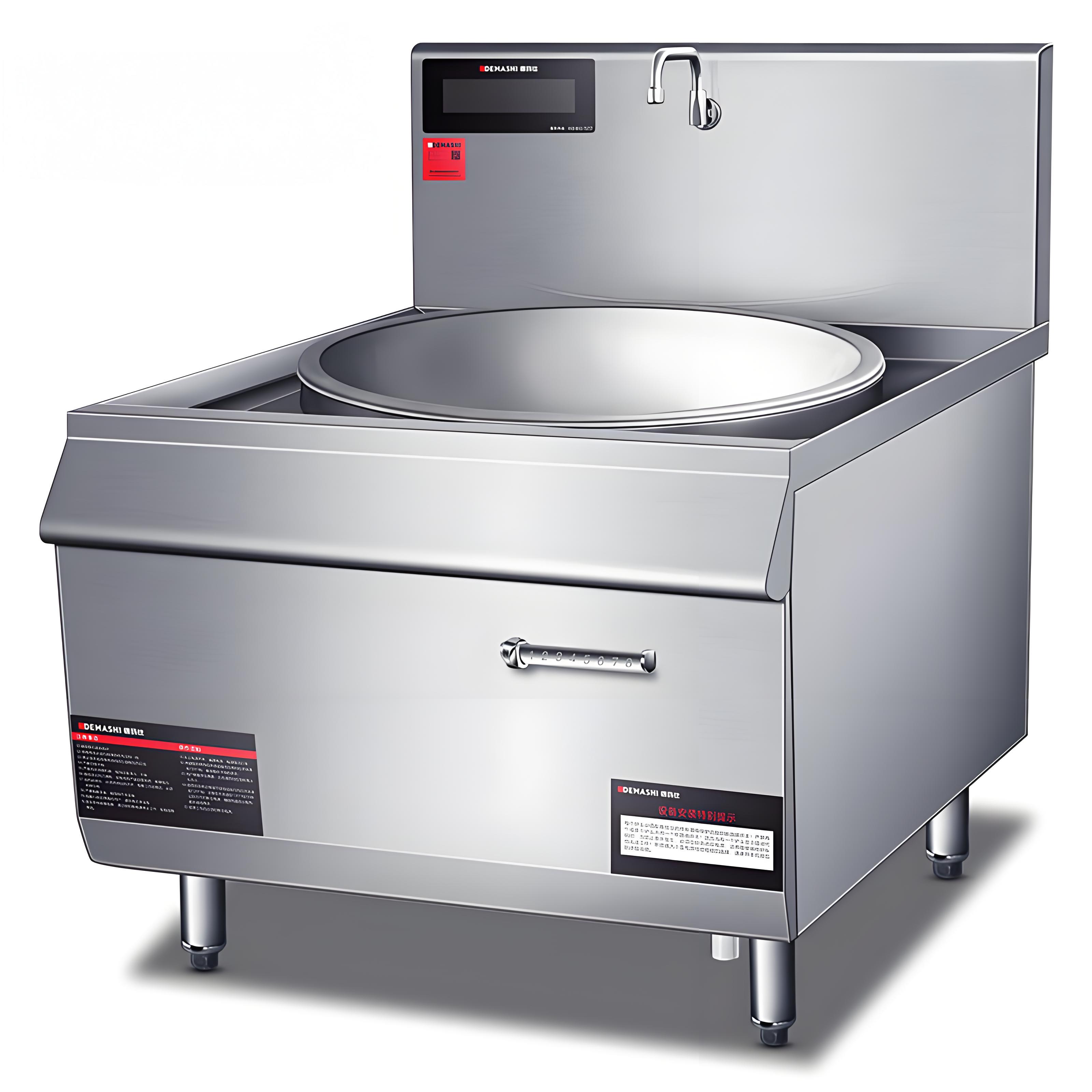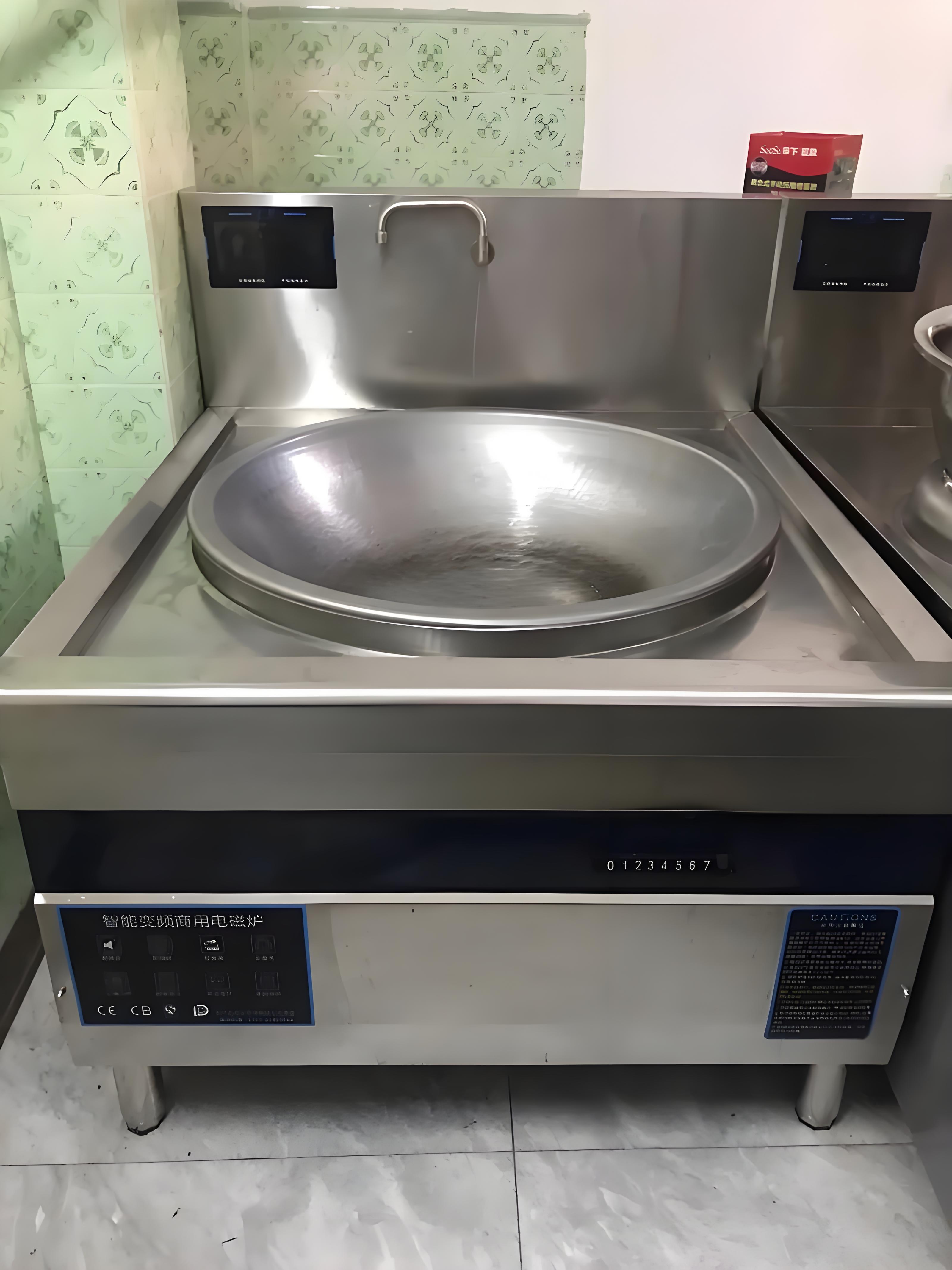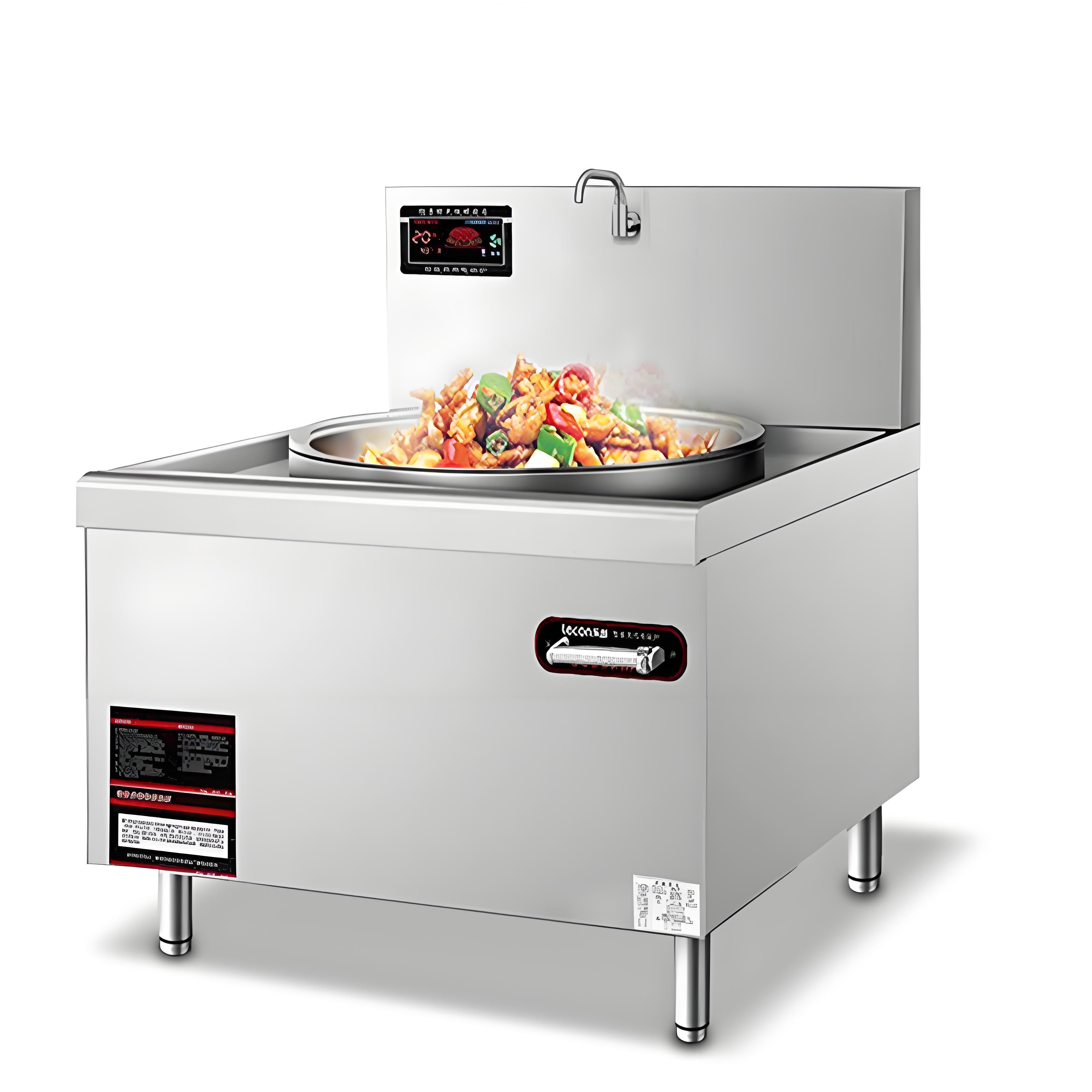As someone who’s been diving deep into kitchen appliances for years, I often get asked by friends, “What’s the real difference between a high-power induction cooktop and a regular one? Is it worth spending extra on a high-power model?” This question may seem straightforward, but it touches on aspects like cooking efficiency, energy consumption, and safety. Today, I’ll draw from my experience and practical use cases to break down the differences in detail, helping you choose the right induction cooktop for your needs.
1. How Induction Cooktops Work
To understand the differences between high-power and regular induction cooktops, we first need to grasp how they function. Induction cooktops use electromagnetic induction to heat cookware. A coil generates an alternating magnetic field, causing iron molecules in the cookware to vibrate rapidly and produce heat. Both high-power and regular induction cooktops share this core technology, but they differ significantly in power, performance, features, and use cases.

2. Core Differences Between High-Power and Regular Induction Cooktops
1. Power Output
The most obvious difference is power output. Regular induction cooktops typically range from 800W to 2200W, while high-power models start at 2500W and go up to 3500W or more. Power directly affects heating speed and cooking efficiency.
Regular Induction Cooktops: Ideal for everyday home cooking like simmering porridge, stir-frying, or stewing. They heat up more slowly but consume less electricity.
High-Power Induction Cooktops: Heat up faster, perfect for scenarios requiring quick high heat, such as wok cooking, hot pot, or commercial kitchens.
For example, I once tested a 2000W regular induction cooktop against a 3000W high-power model to boil 2 liters of water. The regular one took about 6 minutes, while the high-power one took just 4.5 minutes. That 1.5-minute difference may seem small, but it adds up in frequent cooking scenarios.
2. Use Case Differences
Different power levels make these cooktops suited for distinct scenarios. Here’s a comparison table for clarity:
| Type | Power Range | Use Cases | Advantages |
|---|---|---|---|
| Regular Induction Cooktop | 800W-2200W | Home cooking (simmering, frying) | Energy-saving, affordable, portable |
| High-Power Induction Cooktop | 2500W-3500W+ | Commercial kitchens, hot pot, wok cooking | Fast heating, high efficiency, supports large cookware |
Regular induction cooktops are great for small households or single users with modest cooking needs and budget constraints. High-power models shine in commercial settings, large gatherings, or for users who prioritize cooking speed, like those who love wok-style stir-frying.
3. Energy Consumption and Electricity Costs
A common concern is whether high-power induction cooktops rack up higher electricity bills. It depends on your usage habits. Here’s some data from my tests:
Regular Induction Cooktop (2000W): Used for 1 hour daily at full power, it consumes 2 kWh. At an average Chinese residential rate of $0.08/kWh, that’s about $4.80/month.
High-Power Induction Cooktop (3000W): Same usage consumes 3 kWh, costing around $7.20/month.
However, high-power cooktops heat faster, often reducing cooking time. For instance, stir-frying a dish might take 8 minutes on a regular model but only 5 minutes on a high-power one, narrowing the actual energy consumption gap.
My advice? Choose based on your cooking frequency and budget. For occasional simple meals, a regular cooktop is sufficient. For frequent cooking or large meals, a high-power model’s efficiency can outweigh the slight cost increase.
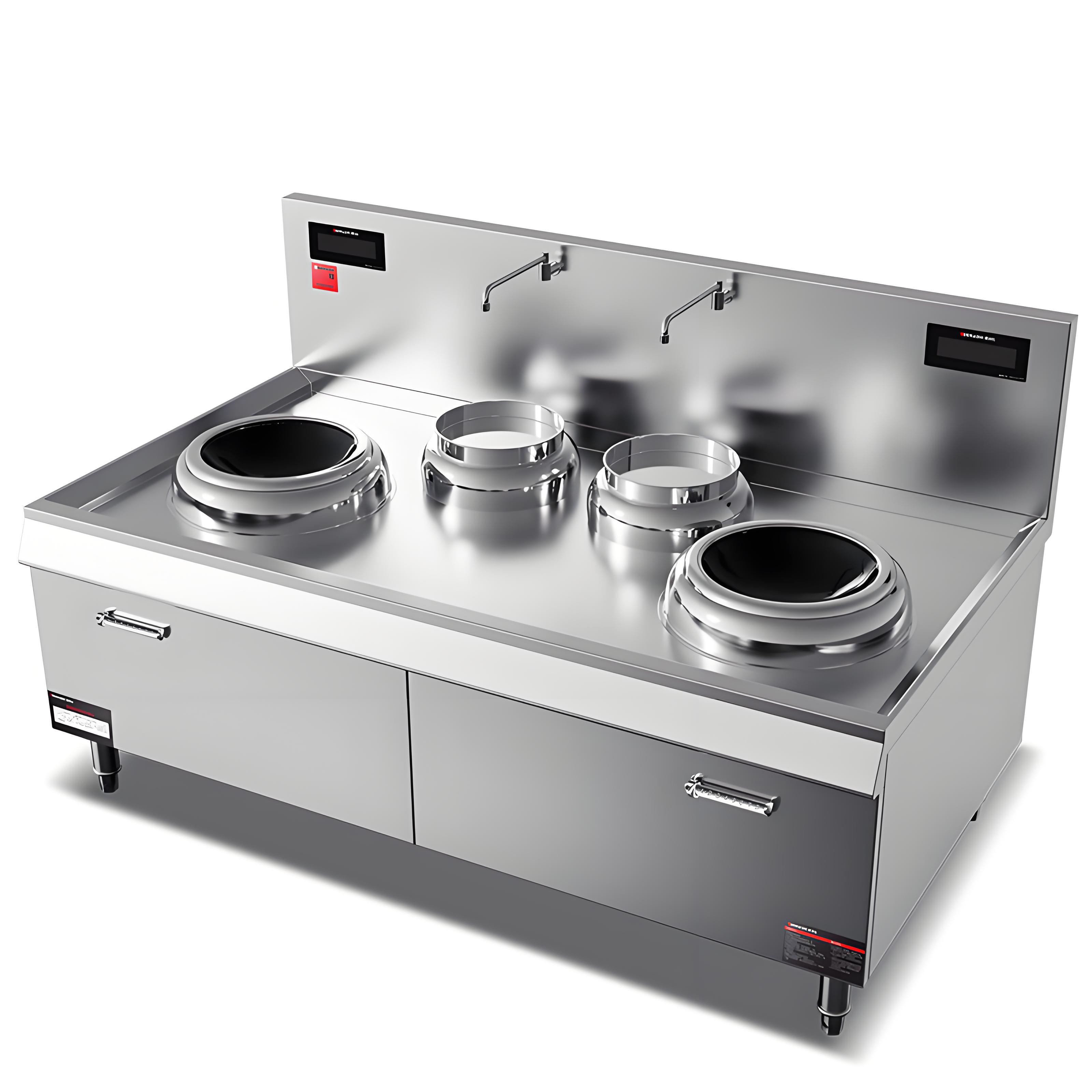
4. Safety and Electrical Requirements
High-power induction cooktops have stricter electrical requirements, which many overlook. Regular models typically work with standard 10A outlets (220V), but high-power ones often require a 16A dedicated outlet or higher circuit capacity.
I once helped a friend install a 3500W high-power cooktop, only to find his old apartment’s 10A circuit tripped after a few minutes. We had to upgrade the wiring and switch to a 16A outlet to resolve it. So, before buying a high-power model, check your home’s electrical setup to avoid safety risks.
Additionally, high-power cooktops generate more heat, requiring efficient cooling systems. Quality models come with robust fans to prevent overheating, while regular cooktops, with lower power, have simpler cooling designs.
5. Features and Smart Technology
Modern induction cooktops come with varied features, and high-power models often outshine regular ones:
Regular Induction Cooktops: Offer basic functions like power adjustment and timers, suitable for simple cooking.
High-Power Induction Cooktops: Often include precise temperature control, multi-level power settings, scheduling functions, and some premium models even support smart connectivity for app-based control.
I tested a high-power cooktop with smart temperature control, accurate to ±5°C, which was perfect for low-and-slow dishes like braised beef or making syrup. Regular models, by contrast, typically have broader temperature ranges, lacking such precision.

3. Real-World Usage Experience
1. Cooking Efficiency
If you’ve used a high-power induction cooktop, you’ve likely noticed its speed. For wok cooking, like stir-fried green peppers with pork, the oil sizzles instantly, and the high heat locks in flavors, giving dishes that coveted “wok hei” (breath of the wok). Regular cooktops take longer to reach high temperatures, sometimes resulting in less vibrant flavors.
A friend who runs a small restaurant switched from regular to high-power cooktops and noticed a significant improvement in dish quality, especially for stir-fries. Customers raved about the enhanced taste and aroma.
2. Cookware Compatibility
Both types require ferrous cookware (e.g., stainless steel or cast iron). However, high-power cooktops demand flat-bottomed, thick cookware due to their intense heat. Uneven or thin-bottomed pans can lead to uneven heating or even damage the cooktop.
I recommend using dedicated induction cookware, especially for high-power models. Thick, flat-bottomed pans maximize their heating potential.
3. Noise and Portability
High-power cooktops, with their robust cooling systems, tend to be noisier—around 50-60 decibels, similar to a normal conversation. Regular models are quieter, typically under 40 decibels.
Portability is another factor. Regular cooktops are compact and lightweight, ideal for moving or small spaces. High-power models are bulkier, better suited for fixed locations like restaurants or dedicated home kitchens.
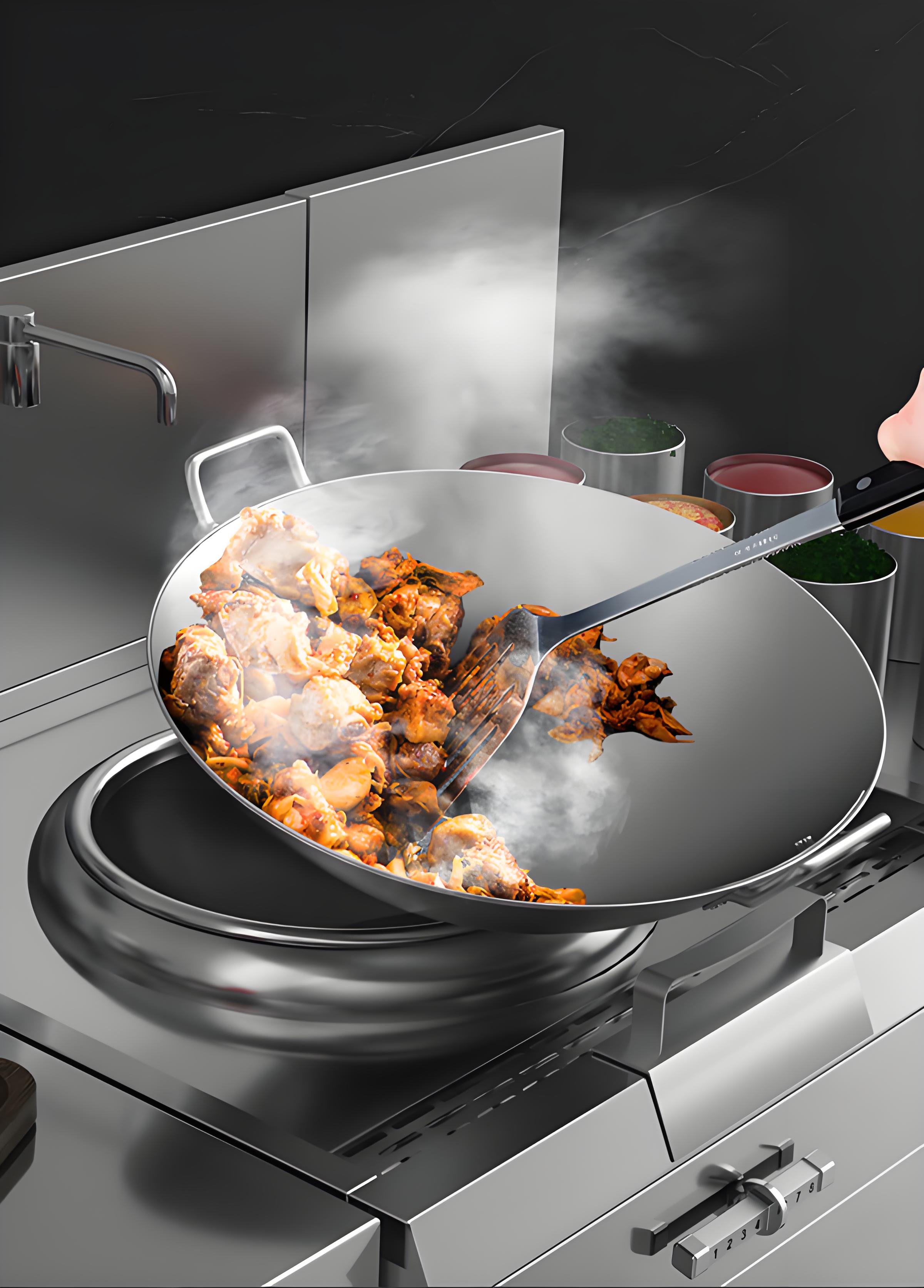
4. How to Choose the Right Induction Cooktop
Here’s how I approach selecting an induction cooktop:
Define Your Needs: Do you cook occasionally or need fast results often? Regular models suit casual cooking, while high-power ones are better for frequent, intensive use.
Check Electrical Setup: Can your home support a 16A outlet? If not, are you willing to upgrade your wiring?
Budget Considerations: Regular cooktops cost $30-$70, while high-power ones range from $70-$300. If budget allows, high-power models offer a superior experience.
Feature Preferences: Need smart controls or precise temperature settings? These are more common in high-power models.
Here’s a quick comparison table:
| Feature | Regular Induction Cooktop | High-Power Induction Cooktop |
|---|---|---|
| Price | $30-$70 | $70-$300 |
| Power | 800-2200W | 2500-3500W+ |
| Target Users | Small households, singles | Restaurants, cooking enthusiasts |
| Electrical Needs | 10A outlet | 16A outlet |
5. Commercial Value of High-Power Induction Cooktops
For restaurant owners, high-power induction cooktops are a game-changer. Their fast heating and efficiency boost output, especially during busy hours. Every minute saved can mean more orders fulfilled.
A hot pot restaurant owner I know switched to high-power cooktops, cutting soup base heating time by nearly half. Customers waited less, improving satisfaction and table turnover. The stable, intense heat also kept broths boiling consistently, enhancing the dining experience.
6. Maintenance and Safety Tips
Whether you choose a high-power or regular model, keep these tips in mind:
Regular Cleaning: Wipe the surface after each use to prevent oil buildup, which can affect cooling.
Avoid Dry Burning: Running an empty cooktop triggers overheat protection and may cause damage.
Choose Suitable Cookware: Ensure pans have flat, ferrous bottoms for optimal performance.
Ensure Proper Cooling: Allow the cooktop to cool down after extended use to prevent overheating.
A special note for high-power models: Avoid plugging them into the same outlet as other high-power appliances to prevent circuit overload.

7. Conclusion
High-power and regular induction cooktops each have their strengths. Regular models excel in affordability and portability, perfect for everyday home use. High-power models, with their speed and advanced features, are ideal for commercial kitchens or cooking enthusiasts who demand efficiency.
I hope my insights and comparisons help you make an informed choice. Consider your cooking habits, electrical setup, and budget to find the perfect fit. The right induction cooktop can transform your kitchen into a more efficient and enjoyable space!
Related Questions and Answers
1. Are high-power induction cooktops suitable for home use?
Yes, if your home’s electrical system supports a 16A outlet and you need fast cooking for stir-fries or large gatherings. For simple meals, a regular model is more practical.
2. Do high-power induction cooktops use a lot of electricity?
They consume more per use, but their faster heating often shortens cooking time, balancing out costs. Evaluate based on your cooking frequency.
3. How do I know if my home’s wiring supports a high-power cooktop?
Check if your outlet is labeled 16A or consult an electrician to assess your circuit’s capacity. Older homes may need upgrades.
4. Are high-power induction cooktops noisy?
They’re slightly louder due to stronger cooling fans (50-60 decibels), but it’s comparable to normal conversation and doesn’t disrupt use.
5. What cookware works with induction cooktops?
Use ferrous materials like stainless steel or cast iron with flat bottoms. High-power models perform best with thick, dedicated induction cookware.
Feel free to drop any other questions in the comments—I’m happy to help!
